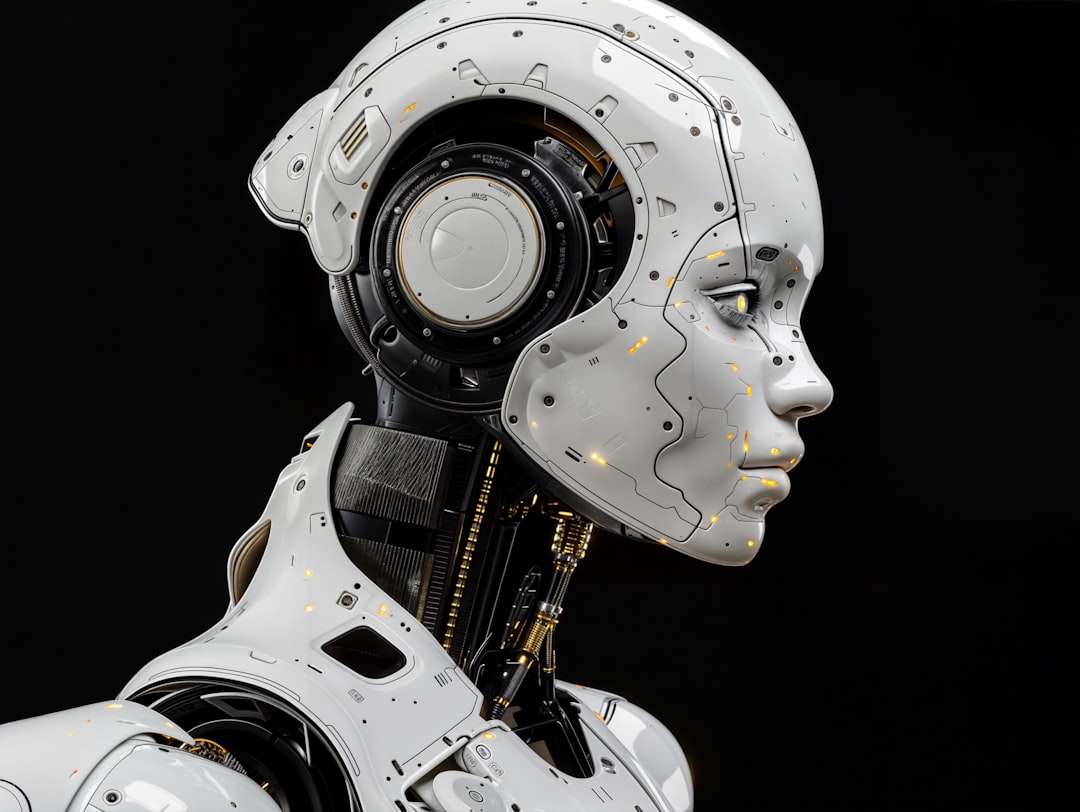In a world where seamless communication is paramount, a groundbreaking neural brain implant has emerged, shaking the foundations of how we interact with the world. Unlike traditional communication methods, which rely heavily on speech and textual input, this cutting-edge technology taps directly into the neural pathways, allowing individuals to convey thoughts and ideas almost instantaneously. Imagine the power of controlling devices or communicating with others merely by thinking about it—this is no longer the realm of science fiction.
Neural brain implants integrate with the brain’s complex structure, allowing for real-time interpretation of neural signals. This technology decodes these signals into speech at the snap of a finger. The implant captures brain waves associated with speech formulation and converts them into digital signals. These signals are then processed by advanced algorithms and turned into spoken words. This pioneering technology holds promise for not only those with disabilities that impair spoken communication but also for anyone wishing to communicate quickly and efficiently.
The profound implications of this technology cannot be overstated. For instance, individuals who have lost the ability to speak due to neurological conditions such as ALS or after suffering from a stroke can find a renewed voice. The emotional impact on both users and their loved ones is immeasurable, as it restores a critical component of human interaction that many had believed lost forever.
Additionally, this technology can radically change industries reliant on rapid communication. From augmenting the capabilities of professionals working in time-sensitive fields such as emergency response, through to enhancing customer interactions in service industries, the potential applications are vast. Imagine a doctor communicating wirelessly with diagnostic equipment during a critical surgery without ever looking away from the patient, or a firefighter coordinating efforts in a precarious situation without the need for radios or manual input.
The development of neural brain implants marks a significant leap in bridging the human-machine interface. As the technology progresses, it will expand beyond speech into other domains of human expression and interaction, facilitating a more natural integration with artificial intelligence and machine learning systems. The ethical considerations, however, are as vast as the opportunities. With direct access to brain signals, privacy concerns are at the forefront. Developers are called to ensure robust security measures and regulations, safeguarding against unauthorized access and misuse of neural data.
Furthermore, the deployment of such technology raises questions about the digital divide. Could this implant widen the gap between those who have access to the latest technology and those who do not? The ethical implications extend into socio-economic realms, requiring a balanced approach in its distribution and accessibility. As with any transformative technology, thoughtful integration into society will be crucial to ensuring it benefits humanity as a whole.
Continuous refinement and testing of these implants will play a crucial role in their evolution. Fine-tuning the algorithms to handle diverse neurological patterns and speech nuances, improving biocompatibility, and enhancing battery life for long-term use are some of the areas of development currently underway. The interdisciplinary collaboration between neuroscientists, technologists, and ethicists will ultimately shape this technology’s journey from a ground-breaking invention to a universally beneficial tool.
We stand at the threshold of an era where the boundaries of human communication are being redrawn by technology. Neural brain implants do more than just represent an advancement; they signify a shift towards a world where instantaneous communication is no longer a distant dream but an attainable reality. Pioneering the path for unprecedented interactions, this technology promises a future where barriers in communication, regardless of origin, are dismantled, paving the way for a society where understanding is instantaneous and universal.
AI
Neural brain implant















Leave a Reply